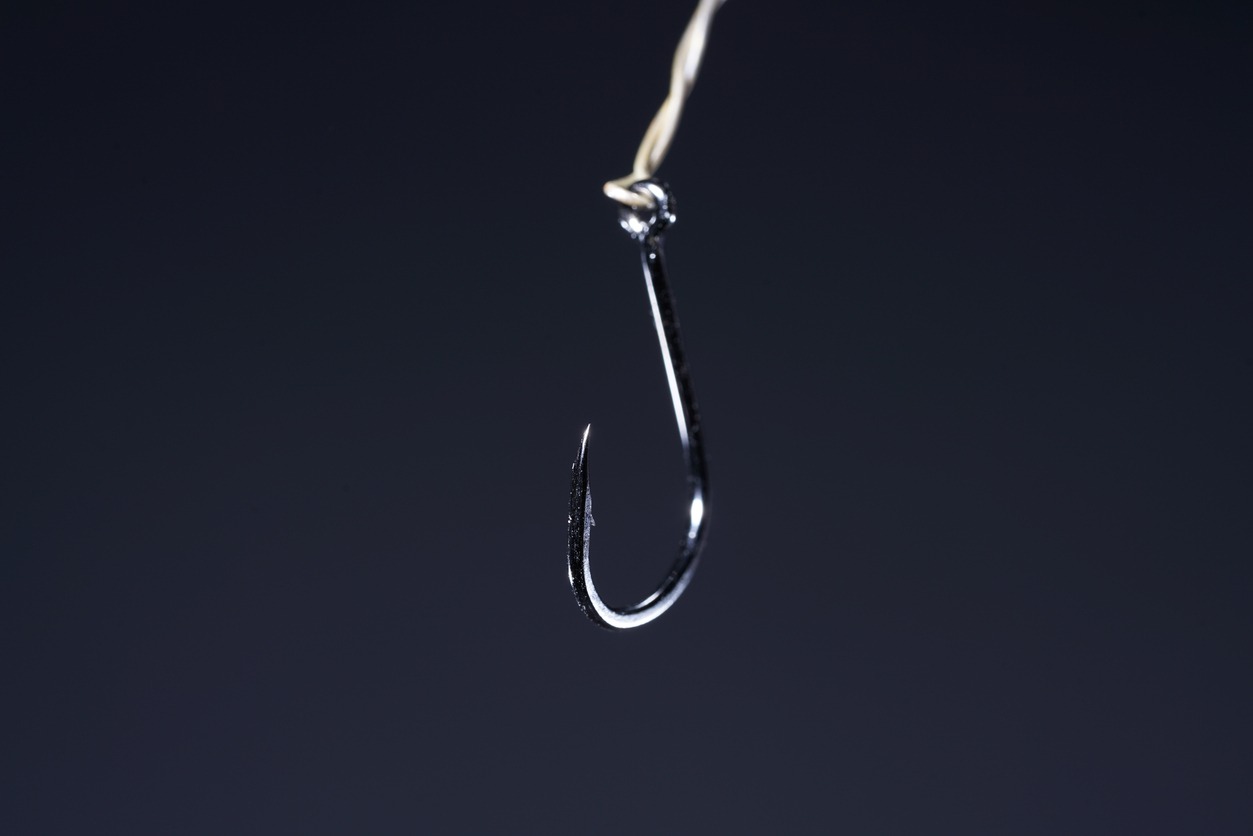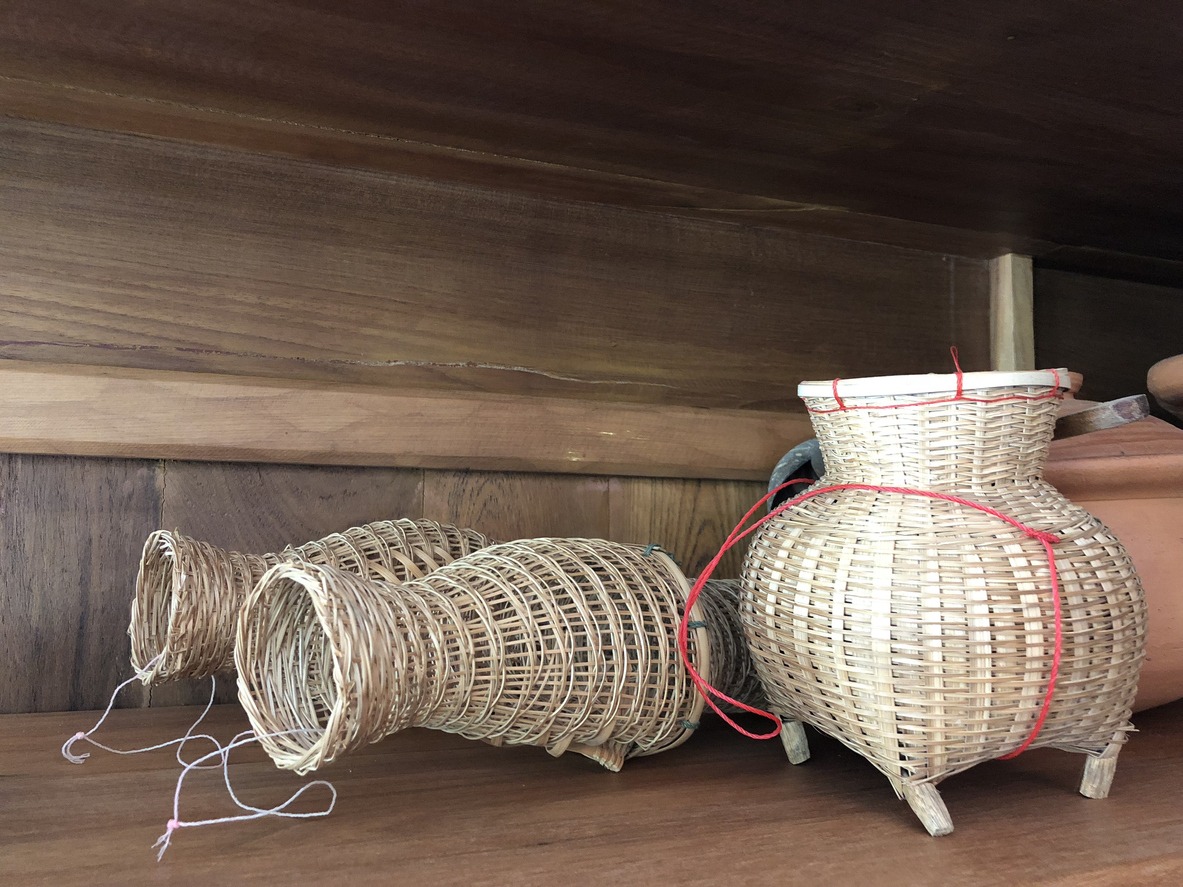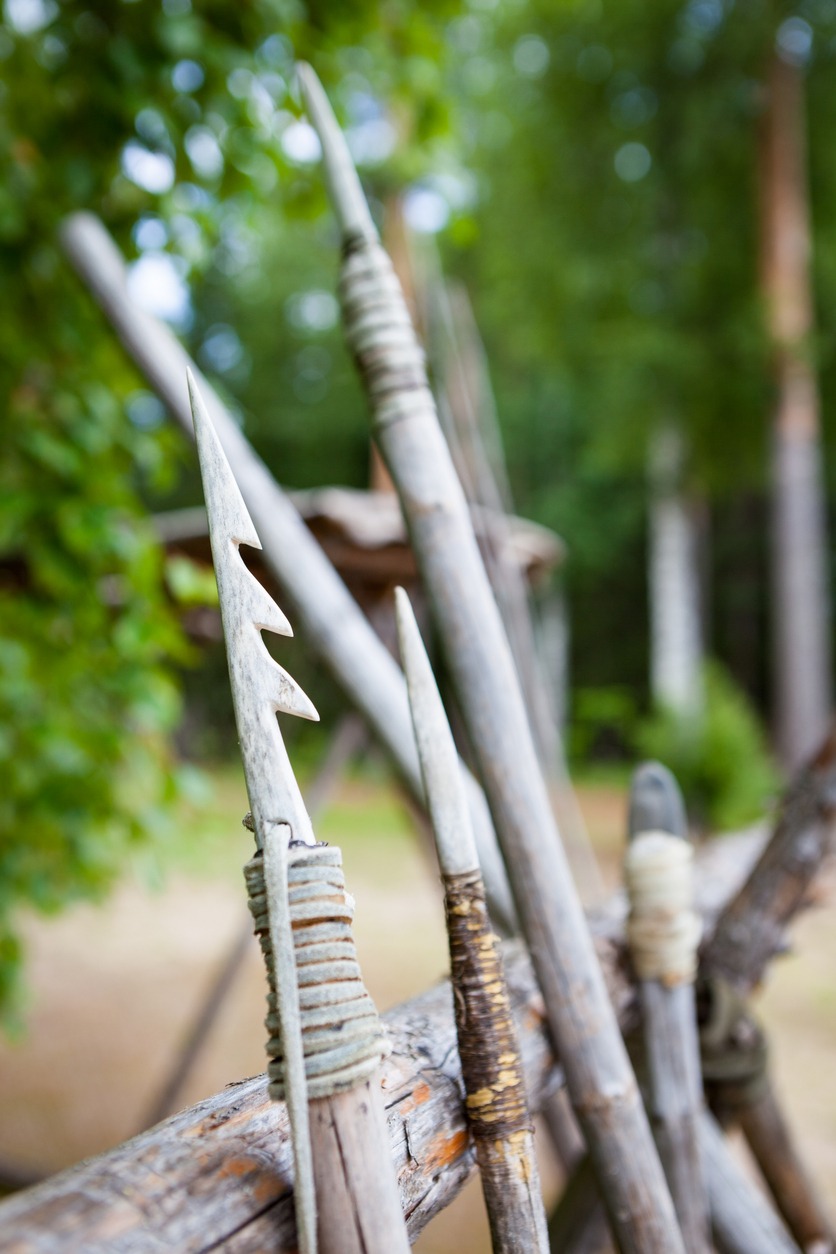Fishing is fun and an ultimate adventure. Whether you are a fan of the modern way of fishing or the primitive one, one thing remains the same—fishing is a form of survival skill during uncertain times in your life.
Accordingly, the use of hooks to catch fish was first discovered during the Neolithic period. People during the said Age used any available materials in the wild that they can fashion into a hook.
The hooks can be bones, thorns from cactus or other plants, and even wood. It was also discovered that using these primitive fishing hooks required the deep dropping of water near the banks so people could quickly cast their cordage and hook to attract the fish.
The need to learn the old fishing method leads you to use primitive fishing hooks. The knowledge you are learning from using a primitive-style fishing hook can help you prepare for the worst. Learning to employ primitive fishing hooks is also an adventure of a lifetime, particularly when you are already exposed to the technological advances in catching fish.
There are plenty of tricks you will learn from using primitive fishing hooks. You will also feel a certain kind of pride among your peers if you master the use of primitive-style fishing. This will surely bring a difference in your life. As catching a fish provides you with an excellent source of protein for you to survive, you need to learn and avail whatever resources you can get around you to make a hook for you to be able to catch a fish for your meal.
Some practical tips to fashion your primitive fishing hooks
Learning the primitive fishing gear can be done at home or even while in the field. With some simple tools around you—from wires, nails, and barb, it can be easy to give yourself the opportunity to test your mettle or harness your innate curiosity in learning something new.
For a primitive hook, you can prepare some tools at home, like a hammer, a pair of needle-nose pliers, a vise, and a small file. Using a wire, you can start making your own fishing hook. Start by straightening the wire and forming it into a hook with the help of your hammer and pliers. Make sure that the wire is stiff enough to make it strong so you will not lose the fish.
If the wire is still soft, you can start heating it until it turns red before placing it in water to cool it down.
You can also pick steel nails and design them into a hook. Since steel nails are hard, you can try some blacksmith works by heating the nail, wait until it becomes cheery red, keep hammering it until you can fashion it into a perfect hook you have always desired.
After forming the hook from your wire, you start flattening a small part of the end of the wire so you can file it into a barb.
While the wire is still straight, start flattening and filing before bending it.
Place the piece of wire in your vice and use your file to form the flat into a barb.
Take extra attention to the sharpness of the barb. Also, the barb doesn’t need to be too big.
When you are done making the barb, get your needle-nose pliers and apply some force to bend the hook. Afterward, cut the shank to length through the use of the pliers.
Now that you already have a hook find any small string you can use as a line. You can have the line with the use of bailing twine or a nylon string.
Interestingly, an article from Sensible Survival even suggested a dental floss to be used as the line, as long as it is durable enough to hold a fish!
You can have at least 15 to 20 feet of line for your hook. Just tied the line around the shank using a snell knot to avoid slipping off the line. Finally, find a float, weight and some bait, and off you go with your primitive fishing adventure!
Some other fishing techniques to keep you alive
If you are not creative or skillful enough to fashion a hook out of any materials around you, there are also other ways to catch a fish using some primitive methods in the wild. Below are some techniques you need to learn to survive out in the field:
1. Fishing using a Bamboo fish trap
If you do not want to labor hard in catching fish, you can use a bamboo fish trap. This primitive method is also an excellent choice when you want to catch crabs or lobsters.
You can use the bamboo traps in catching fish on a body of running water or near the narrow corners of a river.
To make this trap, just find bamboo or some twigs you can fashion into a trap. Just locate your target area, leave the trap and come back afterward to check your catch.
2. Fishing using Your Hand
Hand fishing is something you can try when you are in the backcountry, with lakes and rivers surrounding you. Even without using any tool, you can catch fish using your hand by knowing some tricks.
First, you need to find your target. If you want to locate a catfish, you can certainly find this fish in dark places like hollow logs or holes. Use your fingers as bait by moving them like a worm. Once the fish bites your fingers, grab or hold it at once and pull your hand from the water. Release the fish on the land or in a container once you have secured it.
3. Fishing using a Spear
The use of a sharp spear is considered one of the earliest techniques of catching fish in the wild. However, the use of this method requires skills and training.
You need to be sure of your environment if you want to use a spear. To catch a fish using it, locate your catch near shallow water with some good covering. In this manner, you have the vantage point to eye on your target without being noticed first by the fish.
4. Fishing by Striking
When you find yourself in a place where you can’t make a hook, a spear, or a trap, just use your common sense again. Just look around you and get some heavy rocks or a heavy wooden club or stick. Locate your target in some shallow waters. Once you find one, strike the fish immediately. This may be a crude method, but this can be applied if you have nothing else on your hand for you to survive.



